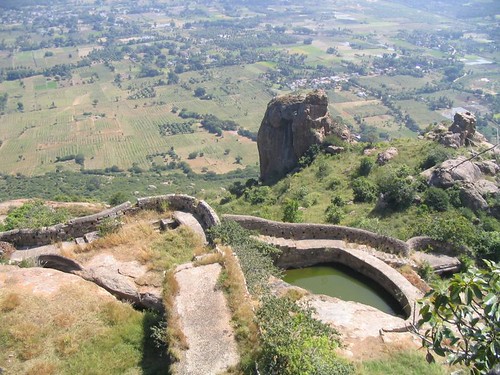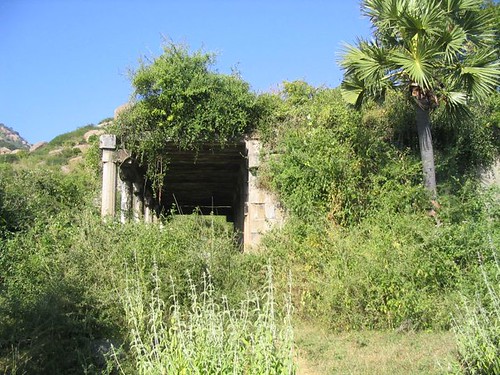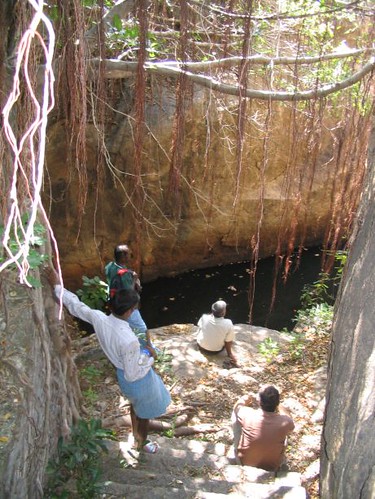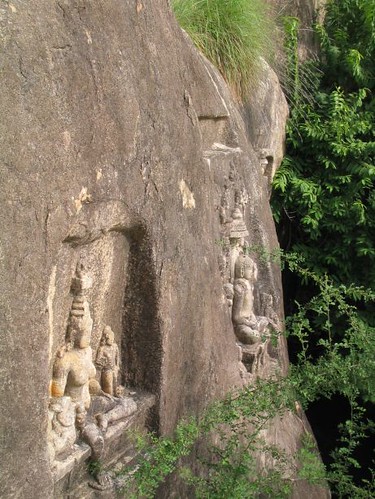Mercy bears richer fruits

I just attended a screening of the excellent movie Deadline at Boardman's Art Theatre. It's about the death penalty and how George Ryan , the republican governor of Illinois, decided to enforce a moratorium on executions after it was found that the system was deeply flawed. He made this decision after appointing a panel to study death-penalty cases in the state. The whole process was sparked by some students (some still in high school!) who, in a Northwestern class on investigative jounalism, proved the innocence of a person on death row. This lead to a series in the Chicago Tribune with a more comprehensive study of all death penalty cases in the state.
One of the memorable moments of the film is hearing Richard Nixon (of all people) railing against crime and pledging to be tough on it. "Anti-crime" legislation that he signed lead to the supreme court reversing it's 1972 ruling, and reintroducing the death penalty in 1976. Also, we find out that the mentally-ill man that Bill Clinton signed away to death in 1992 actually told his jailors at his last meal that he would save his dessert for after his execution. And finally there was a clip of Pres.Bush in an electoral debate during the 2000 elections speaking of how certain he was that every one of the many (about 150?) people that were put to death by his state under his governorship was guilty as they had access to the texas justice system. I suspect that his favourite philosopher, with all that talk of forgiveness and not casting the first stone and turning the other cheek, also might disagree. Perhaps he'd change his mind if he watched this movie.
Despite the examples i just cited, the movie was extremely restrained. Scott Turow, one of the people on the governor's investigative panel, reflects that very reasonable tone. He talks of how through the process his views on the death penalty moved from favouring it to opposing it.
The screening was followed by a Q&A with Kirsten Johnson (one of the film-makers), a member of Murder Victims Families For Human Rights, and Gov.Ryan himself. I think I recognized one of the Trib reporters who appeared in the movie, in the row ahead of us. If the questioners accurately reflected the audience, it seemed like they were preaching to the choir. One of the last was an imposing looking man who talked of how he was in prison for a couple of years, and his interactions with people on death-row lead him to the deep conviction that the death penalty should go. He said that he was at this screening to find out for himself if Gov.Ryan really shared his convictions, and ended by urging Ryan not to lose a night of sleep thinking about his decision as he had done the right thing. In the movie Ryan quotes this other Illinois Republican who said
"I have always found that mercy bears richer fruits than strict justice". Amen to that.
I know the Indian justice system is deeply flawed (for eg. 75% of indian prisoners have not been convicted of crimes ---- they're either on trial or awaiting trial), but I'm glad that they very rarely put people to death.







